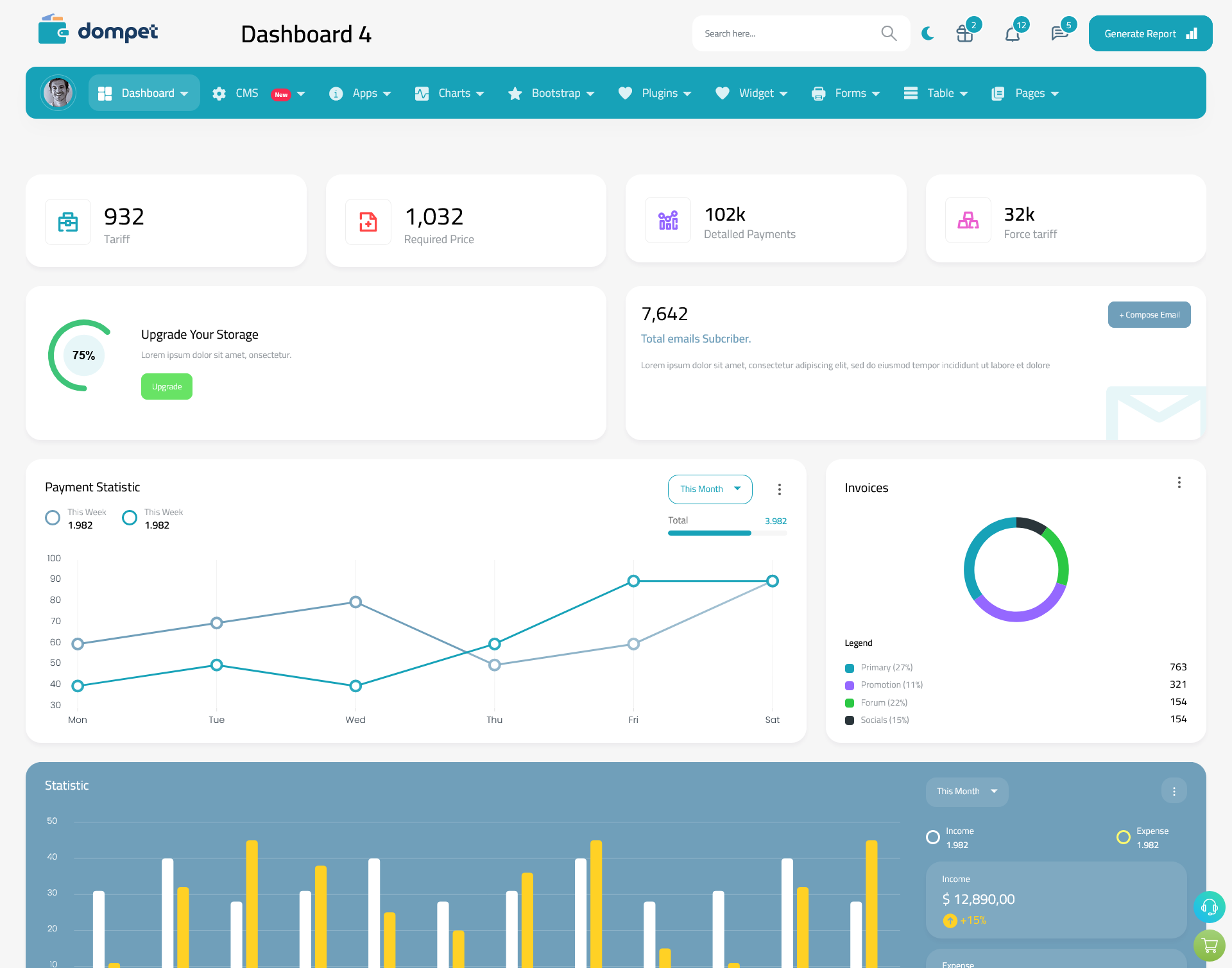红桃娱乐,注册|Maximizing Your Marketing Reach with Google Ads
Maximizing Your Marketing Reach with Google Ads: A Comprehensive Guide
Introduction
In today's digital landscape, having a strong online presence is crucial for businesses looking to thrive and reach their target audience. Google Ads, formerly known as Google AdWords, is a powerful tool that allows businesses to connect with potential customers through paid advertisements on Google's vast network of websites and platforms. This comprehensive guide will explore how to effectively utilize Google Ads to maximize your marketing reach and achieve your business objectives.
Understanding Google Ads
Google Ads operates on a pay-per-click (PPC) model, meaning you only pay when someone clicks on your ad. This pay-per-performance approach makes it a cost-effective way to drive traffic to your website, generate leads, and increase brand awareness.
Targeting Your Audience
The key to successful Google Ads campaigns is targeting your audience effectively. This involves understanding your target audience's demographics, interests, and online behavior. Google Ads provides various targeting options that allow you to narrow down your reach and deliver your ads to the most relevant individuals:
Keyword Targeting:
Target individuals searching for specific keywords related to your products or services. This ensures that your ads are displayed when people are actively looking for what you offer.
Demographic Targeting:
Control the delivery of your ads based on factors such as age, gender, location, and language. You can customize your campaigns to reach specific demographics that align with your target audience.
Interests and Topics:
Target individuals based on their interests, hobbies, and the topics they frequently search for online. This allows you to reach audiences with strong affinities to your products or services.
Creating Compelling Ads
Creating engaging and relevant ads is essential for capturing the attention of your target audience. Google Ads offers various ad formats to suit different objectives:
Text Ads:
Classic text-based ads displayed on search engine result pages (SERPs) and websites. They include a headline, description, and a call to action.
Image Ads:
Visually appealing ads that incorporate images to grab attention and promote brand recognition.
Video Ads:
Videos that play on YouTube and partner websites. They are a great way to showcase your products or services in action and engage audiences.
【4.】Shopping Ads:
Product-based ads that display images, prices, and product information. They are designed to drive traffic to your website and encourage purchases.
Optimizing Your Campaigns
To maximize the performance of your Google Ads campaigns, ongoing optimization is crucial:
Keyword Research:
Continuously research and refine your keyword list to ensure you are targeting relevant and high-value keywords. This helps improve the quality and relevance of your ads.
A/B Testing:
Experiment with different ad copy, images, and targeting parameters to determine the most effective combinations. A/B testing helps you optimize your campaigns for better results.
Performance Monitoring:
Regularly monitor your campaign metrics, including click-through rate (CTR), conversion rate, and cost per click (CPC). Analyze data to identify areas for improvement and make necessary adjustments.
【4.】Conversion Tracking:
Set up conversion tracking to measure the actions taken by users after clicking on your ads. This data allows you to optimize your campaigns towards specific goals, such as purchases or leads.
Budget Management

Effective budget management is essential to ensure that your Google Ads campaigns deliver optimal results without overspending:
Set a Clear Budget:
Determine your advertising budget based on your business goals and marketing objectives. Consider factors like industry benchmarks and competitor spending.
Optimize Bid Strategies:
Choose the right bid strategy that aligns with your campaign goals. Manual bidding provides more control, while automated bidding strategies leverage machine learning to optimize bids for conversions or clicks.
Monitor Ad Spend:
Keep a close eye on your ad spend to ensure you are not exceeding your budget. Adjust your budget as necessary based on campaign performance and results.
Conclusion
Google Ads presents businesses with a powerful platform to connect with their target audience, drive traffic, and achieve their marketing goals. By understanding the platform's features, targeting your audience effectively, creating compelling ads, optimizing your campaigns, and managing your budget strategically, you can maximize your marketing reach and unlock the full potential of Google Ads. With a data-driven approach, ongoing optimization, and a focus on performance, you can position your business for success in the digital landscape and achieve measurable results that contribute to your overall growth.
